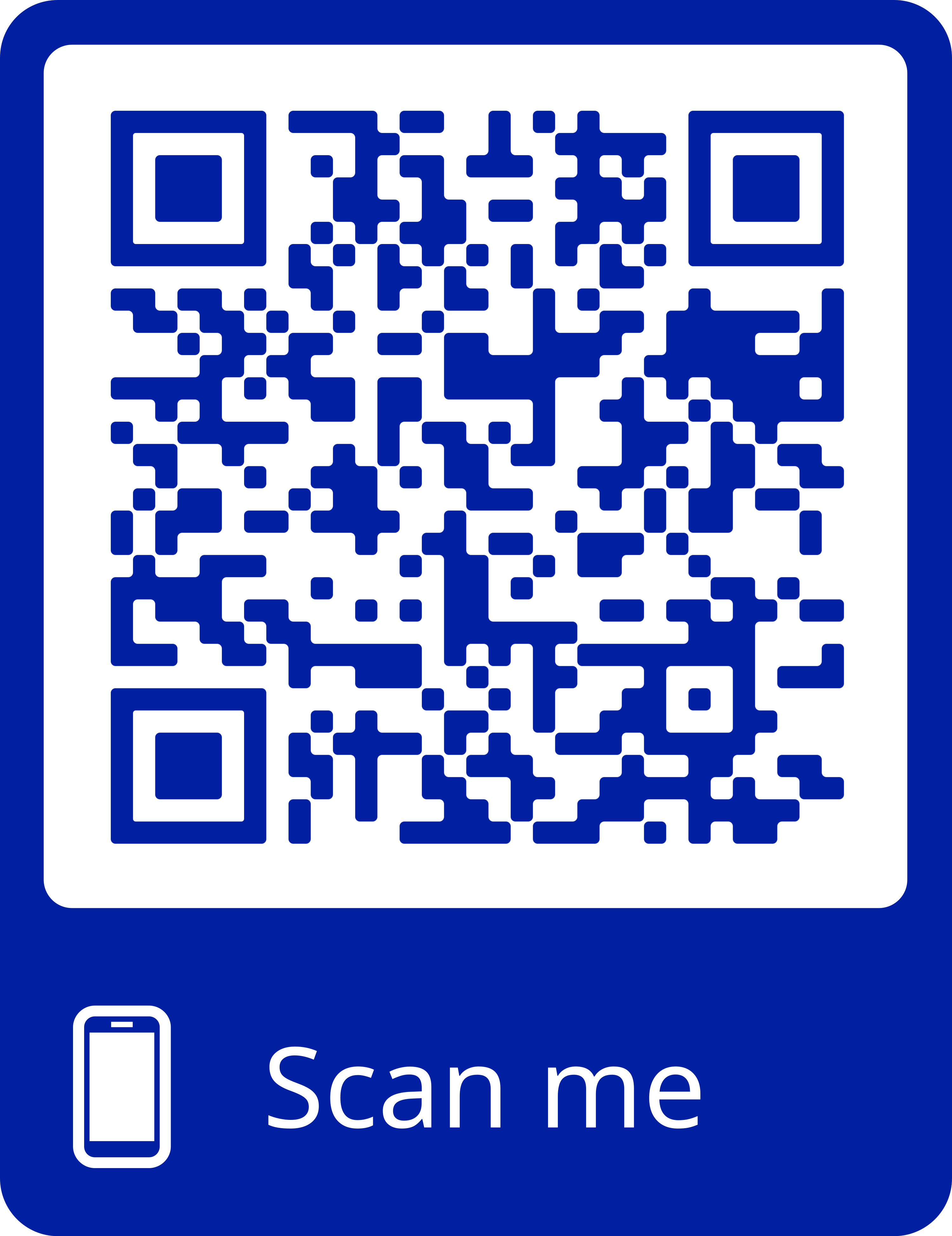- Reference Number: HEY1148/2023
- Departments: Ophthalmology Department
- Last Updated: 31 December 2023
Introduction
This leaflet has been produced to give you general information. Most of your questions should be answered by this leaflet. It is not intended to replace the discussion between you and the healthcare team, but may act as a starting point for discussion. If after reading it you have any concerns or require further explanation, please discuss this with a member of the healthcare team.
What is Duane`s Retraction Syndrome?
Duane’s Retraction Syndrome is a type of eye movement disorder that can affect one or both eyes when looking to the right and/or left hand side. It is commonly seen to affect the left eye and occurs more often in females than males. It can also be associated with a turn in either eye in the straight ahead position known as a squint (strabismus). It is most frequently present at birth but may not be seen until a little later in childhood when a child becomes more interested in objects around them.
The diagram below shows what may be seen in an individual with a type of Left Duane’s syndrome:

What is the cause of Duane`s Retraction Syndrome?
There are six muscles around each eye controlled by three nerves which are responsible for moving the eyes in different directions. The muscles work in pairs, for the eye to move one must contract whilst its paired muscle relaxes.
There are a number of theories as to the cause of Duane’s Retraction Syndrome. The most notable theory is that there is a ‘miss-wiring’ of the nerves to the eye muscles due to the lack of development and innervation of the sixth cranial nerve to the lateral rectus muscle (muscle that pulls the eye outwards). This ultimately leads to difficulty of the affected eye to either move outwards or inwards or both to varying degrees. Other theories suggest a thin, tight or inelastic eye muscle is responsible for Duane’s Retraction Syndrome.
Can this impact vision and why do I need to attend appointments?
Duane’s Retraction Syndrome does not affect the vision directly and, in most cases, people will use both eyes together normally. Individuals with the condition may find it uncomfortable to look to the sides and will tend to move their head more rather than their eyes. However, there could be an associated squint or need for glasses. In some cases, an individual with Duane’s Retraction Syndrome may adopt a very subtle head posture to make it more comfortable. Any head posture should not be discouraged.
In children, it is advisable to attend orthoptic appointments so that your orthoptist can ensure that the vision is continuing to develop normally. Your orthoptist may also be able to suggest any adjustments that may make some things easier for you/your child.
Can there be any complications or risks?
For most people, Duane’s Retraction Syndrome does not cause significant problems with vision and is not usually noticeable to others. Treatment is generally not required unless there is an associated squint or a need to wear glasses. Surgery may be considered if the squint is large and/or the head posture used to compensate is large and/or uncomfortable. This would only be in marked cases and would need to be discussed with your ophthalmologist (eye doctor).
How can I help if my child has Duane’s Retraction Syndrome?
It may be helpful to inform your child’s school teacher about their eye condition. This will ensure consideration is given to your child’s optimum position within the classroom environment. School teachers can help by not discouraging any head posture and ensuring your child is seated at the side of the classroom that allows them to comfortably turn their head and maintain good vision.
Should you require further advice on the issues contained in this leaflet, please do not hesitate to contact the Orthoptic Department on tel: 01482 816605.

